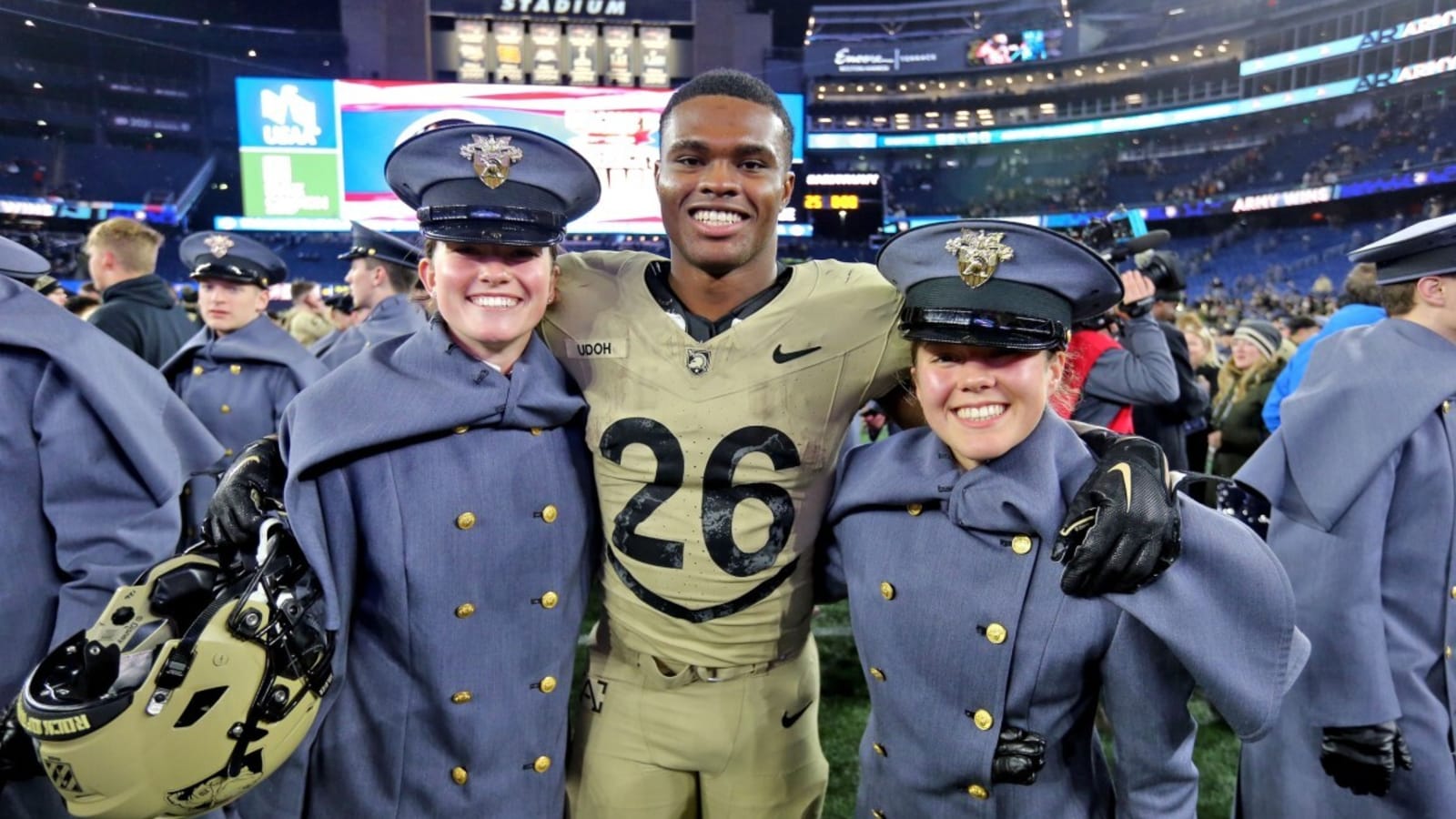
The football rivalry between Army and Navy is among the most storied and celebrated in American sports. Known simply as the Army-Navy Game, this annual clash between the U.S. Military Academy (Army, or "West Point") and the U.S. Naval Academy (Navy) is steeped in tradition, patriotism, and fierce competition.
Army vs. Navy All-Time Records
The first Army-Navy Game was played on November 29, 1890, and as of 2024, the series has featured 124 contests. Navy holds the edge in the lifetime record, leading with 62-55-7 (wins-losses-ties). Despite Navy's overall advantage, the rivalry has seen periods of dominance by both teams.
For example, Navy won 14 consecutive games from 2002 to 2015, solidifying their supremacy in the modern era. However, Army has seen a resurgence in recent years, winning six of the last eight games.
Army-Navy Traditions
The Army-Navy Game is more than just a football contest; it is a cultural event with deep-rooted traditions that honor the military and the nation. Here are some highlights:
- March On of the Cadets and Midshipmen: Before kickoff, the student bodies of both academies—Army cadets and Navy midshipmen—march onto the field in precise military formations. This display of discipline and unity serves as a visual reminder of their shared commitment to becoming future officers.
- The Singing of Alma Maters: At the conclusion of the game, both teams stand together to sing their school alma maters. The winning team sings second, an honor cherished by players and fans alike. This tradition underscores the mutual respect and camaraderie that exists regardless of the game's outcome.
- Commander-in-Chief’s Trophy: The game often serves as the decisive contest for the Commander-in-Chief’s Trophy, awarded annually to the service academy with the best football record in games between Army, Navy, and Air Force. This trophy adds another layer of significance to the rivalry.
- Game Locations and Pageantry: While the game is traditionally held in Philadelphia, a neutral site between both academies, it has occasionally taken place in other cities like Baltimore, East Rutherford, and even West Point and Annapolis during its early years. The atmosphere on game day is electric, featuring flyovers, military displays, and spirited fan support.
Army vs. Navy Fun Facts
- Presidential Attendance: U.S. Presidents frequently attend the Army-Navy Game, beginning with Theodore Roosevelt in 1901. The event has become a platform for the Commander-in-Chief to address the academies and witness the rivalry firsthand.
- Heisman Connections: Both academies boast Heisman Trophy winners. Army's Glenn Davis and Doc Blanchard (known as Mr. Inside and Mr. Outside) won the award in 1946 and 1945, respectively, while Navy's Roger Staubach earned it in 1963.
- Iconic Uniforms: Each year, Army and Navy unveil special uniforms for the game that pay tribute to military history and traditions. These designs are eagerly anticipated and add a creative element to the rivalry.
- Unpredictable Outcomes: Despite not being a national powerhouse in modern college football, the Army-Navy Game often delivers intense, closely contested battles. Weather conditions, such as snow or freezing temperatures, frequently play a role, adding to the spectacle.
The Army-Navy Game transcends football. It symbolizes service, sacrifice, and tradition, uniting fans nationwide. As cadets and midshipmen clash on the field, they remind us of their greater commitment to protecting and serving the country.
More must-reads:
- The Big Five: Micah Parsons' ceiling and other reasons Packers won't lose early mojo
- Chargers star LB avoids season-ending injury
- The 'Active three-TD catch NFL games' quiz
Breaking News
Trending News
Customize Your Newsletter
 +
+
Get the latest news and rumors, customized to your favorite sports and teams. Emailed daily. Always free!








